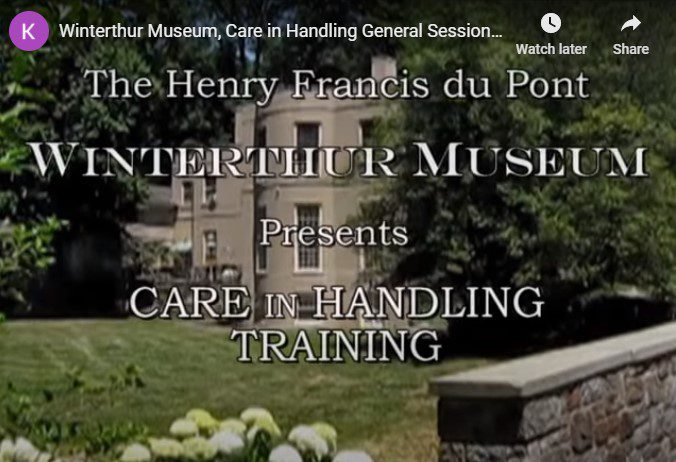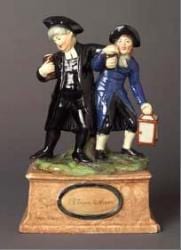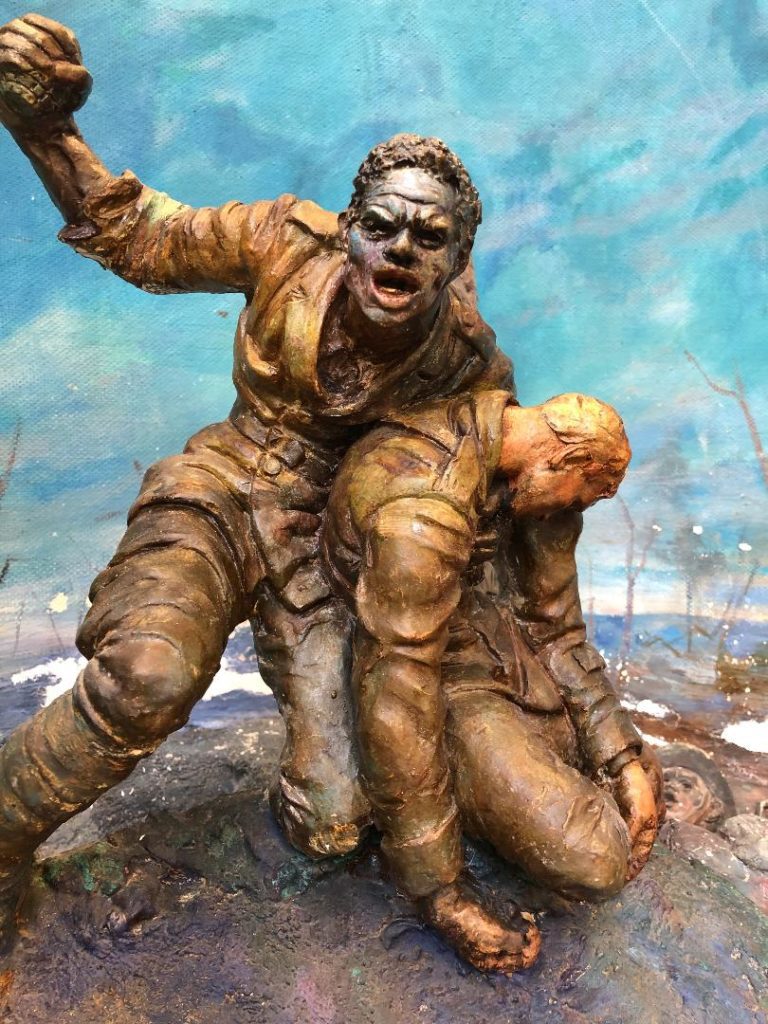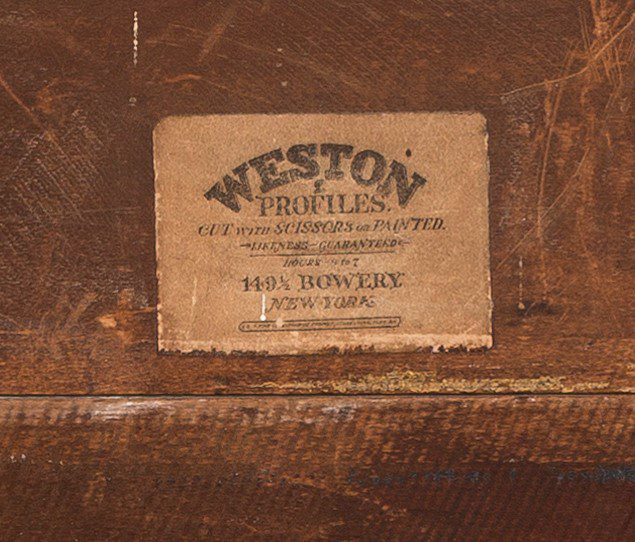Care in Handling, Chapter 1, Objects
Winterthur Bloom Report #31 11-18-20 Pauline Myers
WINTERTHUR BLOOM REPORT #32
November 18, 2020
44F, sunny
+: Abundant
fbb: Flower-bud breaking
b: Some bloom
fb: Full Bloom
pf: Petals falling/drying
pb: Past bloom (few remain)
ber: Berries, fruits
.
Check these out:
- Camellias on display: The white camellias (Camellia varieties) are in full bloom — single and double, small and large — on the upper side of the Museum Store. What a show of blossoms!
- Sniff this out: The white lilac (Syringa ‘Primrose’) at the end of the Sundial Garden along Garden Lane is blooming with scents of spring.
ENTRANCE DRIVE AND PARKING AREA
pb Abelia x grandiflora (Glossy abelia – soft pink)
pf Ageratina altissima (Eupatorium rugosum/White snake root – white – under cherry tree at edge of parking area)
ber Catalpa species (Catalpa – long, green to brown, string-bean-like seed pods)
b Forsythia x intermedia (Forsythia – yellow)
pf Hamamelis virginiana (Common witch hazel – yellow ‘ribbons’)
pb Hydrangea paniculata ‘Grandiflora’ (Pee Gee hydrangea – brown)
ber Paulownia tomentosa (Princess tree – clusters of round yellow-green to brown seed pods)
pb Symphyotrichum ericoides (Aster ericoides/Heath aster – white)
LAGOONS
ber Celastrus sp. (Bittersweet – orange berries)
SUMMER SHRUB SLOPE
pb Hydrangea paniculata ‘Grandiflora’ (Pee Gee hydrangea – brown)
PARKING AREA TO VISITOR CENTER
WALK FROM VISITOR CENTER TO UNDERPASS
pb Hamamelis virginiana (Common witch hazel – yellow ‘ribbons’)
WALK FROM UNDERPASS TO MUSHROOM
SLOPE DOWN TOWARDS MUSEUM
PEONY GARDEN
AZALEA WOODS
LOWER AZALEA WOODS
UPPER/EAST TERRACE AND STEPS
pb Abelia x grandiflora (Glossy abelia – soft pink)
pb Galanthus ‘Barnes’ (Snowdrop variety – white – 1 flower)
pf Hamamelis virginiana (Common witch hazel – yellow ‘ribbons’)
ber Magnolia grandiflora (Southern magnolia – pinkish to red fuzzy cones with bright red berries)
EAST FRONT OF MUSEUM & Around Corner
pb Abelia x grandiflora (Glossy abelia – soft pink)
ber Callicarpa dichotoma (Purple beautyberry – purple berries)
ber Callicarpa japonica (Japanese beautyberry – purple berries)
ber Magnolia grandiflora (Southern magnolia – brown fuzzy cones with bright red berries)
WALK FROM GLASS CORRIDOR TO REFLECTING POOL
pb Abelia x grandiflora (Glossy abelia – soft pink)
pb Hydrangea paniculata ‘Tardiva’ (Panicle hydrangea cultivar – pink to tan)
ber Ilex opaca (American holly – red berries)
WALK FROM FISH PONDS – THE GLADE – TO BRIDGE
ber Callicarpa japonica variety (Japanese beautyberry – white berries – few left)
pb Erodium cicutarium (Cranesbill – pink – 2 flowers)
pb Hydrangea arborescens (Smooth hydrangea – brown)
pb Hydrangea arborescens ‘Grandiflora’ (Hills of Snow hydrangea – brown)
pb Tricyrtis varieties (Toad-lily – white with purple speckles)
MARCH BANK
ber Ilex opaca (American holly – red berries)
ber Viburnum sieboldii (Siebold viburnum – red berries)
MAGNOLIA BEND AND WALK ON SOUTH SIDE OF STREAM
pb Hydrangea arborescens (Smooth hydrangea – brown)
pb Hydrangea quercifolia (Oakleaf hydrangea – brown)
GARDEN LANE
fb Prunus subhirtella ‘Autumnalis’ (Autumn rosebud cherry – pale pink to white)
WINTERHAZEL WALK
ICEWELL TERRACE
PINETUM
pb Chaenomeles cultivars (Flowering quince – red, orange)
pb Chaenomeles x superba ‘Perfecta’ (Flowering quince cultivar – white to pale salmon-pink)
b Chaenomeles x superba ‘Texas Scarlet’ (Flowering quince cultivar – scarlet)
pb Erodium cicutarium (Cranesbill – pink)
pf Polygonum pennsylvanicum (Pennsylvania smartweed – clusters of tiny pink ‘beads’)
b/fbb Viburnum macrocephalum ‘Sterile’ (Chinese snowball viburnum variety – white)
SUNDIAL GARDEN
ber Paulownia tomentosa (Princess tree – clusters of round yellow-green to brown seed pods)
b Spiraea arguta (Spiraea species – white)
b Syringa ‘Primrose’ (Lilac variety – white)
b/fbb Viburnum macrocephalum ‘Sterile’ (Chinese snowball viburnum variety – white)
TRAFFIC CIRCLE
ber Viburnum dilatatum ‘Xanthocarpum’ (Linden viburnum variety – yellow berries)
ENCHANTED WOODS
pb Hamamelis virginiana (Common witch hazel – yellow ‘ribbons’)
pb Hydrangea arborescens ‘Grandiflora’ (Hills of Snow hydrangea – tan)
pb Hydrangea quercifolia (Oakleaf hydrangea – tan)
pb Hydrangea serrata (Mountain hydrangea – tan)
OAK HILL
East Side
ber Callicarpa dichotoma (Purple beautyberry – purple berries)
pb Hydrangea involucrata ‘Tama Azisai’ (Bracted hydrangea – greenish)
pb Tricyrtis variety (Toad-lily – white with purple speckles)
ber Viburnum dilatatum ‘Xanthocarpum’ (Linden viburnum variety – yellow berries)
OAK HILL
West Side
ber Viburnum dilatatum (Linden viburnum – red berries)
QUARRY, ADJACENT WALKS, AND OUTLET STREAM
pb Oenothera biennis (Evening primrose – yellow – along Quarry outlet stream)
SYCAMORE HILL
ber Catalpa species (Catalpa – long, green to brown, string-bean-like seed pods)
ber Cotoneaster salicifolia (Cotoneaster – red berries)
pb Heuchera villosa (Hairy alum root – creamy white)
pb Hydrangea paniculata ‘Grandiflora’ (Pee Gee hydrangea – pinkish-tan to brown)
pb Rosa ‘New Dawn’ (Rose variety – pale pink –1 flower)
ber Rosa ‘Radwin’ (Winner’s Circle rose – orange fruits/rose hips)
pb Rosa species (Rose – white – around Brick Lookout)
pb Viburnum plicatum f. tomentosum (Doublefile viburnum – white ~ 3 flower clusters)
ber Viburnum rhytidophylloides (Leatherleaf viburnum – bright red berries – very few)
fb Viburnum rhytidophylloides (Leatherleaf viburnum – off-white)
WEST FRONT OF MUSEUM, STORE, AND CLENNY RUN
fb Camellia ‘Mason Farm’ (Camellia variety – white with pink-tinged buds)
fb Camellia ‘Northern Exposure’ (Camellia variety – white)
fb Camellia oleifera ‘Lu Shan Snow’ (Camellia variety – white)
pf Camellia sasanqua/oleifera (Camellia variety – white)
fb Camellia ‘Snow Flurry’ (Camellia variety – double white)
fb Camellia ‘Survivor’ (Camellia variety – white with pink-tinged buds)
pb Heptacodium miconioides (Seven-sons tree – rose sepals – behind Museum Store)
pb Hydrangea arborescens (Smooth hydrangea – tan)
b Hydrangea macrophylla ‘Fuji Waterfall’ (Bigleaf hydrangea cultivar – white)
pb Hydrangea quercifolia (Oakleaf hydrangea – dried brown – in Clenny Run at Museum bridge)
ber Ilex opaca (American holly – red berries)
ber Ilex ‘Winter Red’ (Winterberry holly – red berries)
GREENHOUSE AREA
ber Ilex opaca (American holly – red berries)
BACK MEADOW – Top of Sycamore Hill to back ponds
pb Brassica species (Mustard – light yellow)
pb Centaurea maculata (Spotted knapweed – purple)
pb Daucus carota (Queen Anne’s lace – white)
pb Oenothera biennis (Evening primrose – yellow – along Quarry outlet stream)
ber Solanum carolinense (Horse-nettle – yellow berries)
pb Solidago caesia (Blue-stemmed plume goldenrod – yellow 3 small plants)
pb Symphyotrichum ericoides (Aster ericoides/Heath aster – white)
pb Trifolium pratense (Red clover – reddish purple)
GARDEN LANE MEADOW – below Brown’s Woods
pb Daucus carota (Queen Anne’s lace – white)
pb Rudbeckia hirta (Black-eyed susan – yellow)
ber Solanum carolinense (Horse-nettle – yellow berries)
Bloom Report presented by:
Pauline Myers
Care in Handling General Session, Introduction
Vicar and Moses figure group
Staffordshire, England; 1810
Earthenware (pearlware)
Height: 11.25″ (28.575 cm)
Width: 7.5″: (19.05 cm)
Depth: 4.563″ (11.59 cm)
Gift of Thomas N. and A. Pat Bernard
2002.30.84
Contact Information
General Information
| Phone800.448.3883302.888.4600302.888.4907 TTY | E-mailtourinfo@winterthur.org | |
Mailing AddressWinterthur Museum, Garden & Library 5105 Kennett Pike Wilmington, DE 19735 |
Departmental Directory
Historic African American Dioramas Are No Longer Forgotten
Resting atop a worktable in the Winterthur painting conservation lab is a 4-by-5-foot diorama that depicts three doughboys in the heat of battle during World War I. Two of the figures are Black. One throws a grenade as the other drags an injured white soldier out of harm’s way. The structure beautifully captures a powerful moment of heroism and the character of its subjects.
The 80-year-old diorama, World War I, is the last of 33 created for and displayed at the American Negro Exposition, a World’s Fair-style event, held in Chicago in 1940. The event was organized to celebrate 75 years of emancipation while promoting racial understanding, and was considered to be the first opportunity Black Americans had to tell their story to the world in their own way. The dioramas, displayed in the center of the Chicago Coliseum, depicted the contributions Africans and other peoples of African descent made to world events and culture since black slaves built the Great Sphinx of Giza 4,500 years ago.
World War I may be the last in the series of dioramas, but it is certainly not the end of the story. The 20 surviving dioramas, now in the collection of the Legacy Museum at Tuskegee University, represent almost all that remains to explain an important but almost forgotten event while introducing students of color to the profession of art conservation. Correspondent Rita Braver is scheduled to tell the story during the August 30 episode of “CBS Sunday Morning.”
Supervised by African American artist Charles C. Dawson, the dioramas were created by more than 120 African American artisans in Chicago in just three months of 1940. Beyond the dioramas, the only material records of the American Negro Exposition known to exist are some posters, guidebooks, and catalogues for Exhibition of the Art of the American Negro (1851-1940). About 250,000 people paid 25 cents each to visit during the 60-day run, but due to financial troubles and attendance numbers far short of the 2 million visitors the organizers hoped for, the exposition was considered a failure. But the dioramas still have much to teach.
World War I depicts the bravery of the U.S. Army’s 369th regiment at Meuse-Argonne. Known as the Harlem Hellfighters, the soldiers were especially feared by their German foes. The two standing figures are Needham Roberts and Henry Johnson, who were awarded the first two prix de guerre from the French for their bravery in charging the German lines to rescue their comrades.
The original subtitle to the diorama reads: “Over 380,000 Negro enlisted men and more than 1,500 Negro commissioned officers, with the rank from 2nd Lieutenants to Colonels, participated in this War. They were engaged in all offensives as combat troops and in other capacities. The highlight was the organization and participation as a unit of the first Negro combat division in American history, the 92nd or Buffalo Division. The first Americans to be honored in this war were two Negro Sergeants: Needham Roberts and Henry Johnson of the 369th Infantry Regiment. The most honored of all American regiments was the 369th Regiment of Infantry of New York.”
The diorama, like most of the 19 others delivered to the George Washington Carver Museum (now the Legacy Museum of Tuskegee University) soon after the exposition closed, was damaged in transport. Some were damaged by a fire a few years later, and all suffered from years of neglect in storage. They now offer learning opportunities for young conservators.
There is a critical need for conservators and curators of color. According to the Andrew W. Mellon Foundation, African Americans represent about only 1.5 percent of cultural-heritage professionals while Caucasians account for 85 percent. Barriers to entering the field of conservation are significant: There are only a few graduate programs in art conservation in the United States, and to be considered for admission, candidates need to have backgrounds in chemistry, art history, and studio art and ideally 400 hours in a conservation studio showing their patience, dexterity, and problem-solving abilities.
They can gain that experience through the Tuskegee Diorama project/HBCU Alliance of Museums and Galleries internship program. The initiative is headed by Dr. Jontyle Robinson, curator of the Legacy Museum at Tuskegee University who will be featured on the CBS segment, and Dr. Caryl McFarlane, executive consultant of the HBCU Alliance of Museums and Galleries. The pair formed the HBCU Alliance of Museums and Art Galleries in 2017 to promote diversity in the field of cultural heritage. They have been working since 2016 with Debbie Hess Norris, director of the Winterthur/University of Delaware (UD) Program in Art Conservation, and Dr. Joyce Hill Stoner, director of the UD Preservation Studies Doctoral Program and Winterthur’s adjunct paintings conservator. The Kress Foundation has supported the last three years of the diorama initiative.
The effort puts the future of Black history directly in the hands of African American students. As part of the program, Winterthur, the University of Delaware, and several other institutions, such as Yale University, have welcomed a small group of students each June since 2017 for an introduction to practical conservation (the program was delivered online during the Covid 19 pandemic this summer). The students learn by helping to remove grime, consolidate flaking plaster, and in-paint with reversible conservation retouching paints. They also research related topics and listen to presentations by Winterthur conservators in objects, textiles, books, photographs, furniture, works on paper, and preventive conservation.
When World War I arrived at Winterthur, a thick layer of dust and grime disguised its bright blue and red overall color scheme and the plaster ground was flaking. Johnson’s grenade arm had broken off; it arrived separately in a small box. Since January, other conservation interns have continued to consolidate the flaking paint and plaster, painstakingly removing decades of dust and dirt with small cosmetic sponges, correcting a repair made in 1945, and re-attaching Johnson’s arm. When finished in early 2021, the diorama will be returned to the Legacy Museum for display in the ongoing exhibition 20 Dioramas: Brightly-Lit Windows, Magically Different.
The first three dioramas that were treated at Winterthur depict the arrival of the first African slaves in Virginia in 1619, the shooting of Crispus Attucks in the Boston Massacre (the first death of the American Revolution) in 1770, and discovery of the North Pole in 1909 by explorer Matthew Henson accompanying Admiral Robert Peary. Scheduled to arrive next year is a diorama that depicts the towing of the Sphinx, which allows Winterthur and the University of Delaware the privilege of preserving the beginning and the end of the diorama stories as these objects move into their new future.
Look for more on CBS Sunday Morning on August 30.
Winterthur is further helping to train young conservators of color through the HBCU Library Alliance Preservation Internship Program, an eight-week, paid internship for seven students at seven different, nationally recognized library conservation labs. Each site contributes 50 percent of the cost for each intern, including travel, a stipend for living, and other support. Other participants in the program include Yale, Harvard, Duke, and the Library of Congress. That is tremendous support for young people from some of the most esteemed institutions in the country. It is coordinated by Winterthur library and archives conservator Melissa Tedone.
Winterthur Trails This Week – Armor Farm & Chandler Woods
 This week I chose another trail that takes you in and out of shaded woodland, with an opportunity to see one of our most striking meadows and an absolutely huge tulip poplar. Once again, I linked two trails – Armor Farm and Chandler Woods – to create a large, irregular figure-8 loop that is 2.6 miles long. I have outlined my walk below and provided a photo gallery (by the way, if you would like a PDF version of our hiking map follow this link www.winterthur.org/map). For those tech-savvy walkers I am providing a link to an AllTrails map below that allows you to follow the route with your smartphone. Happy hiking!
[ngg src=”galleries” ids=”126″ display=”basic_imagebrowser”]
This week I chose another trail that takes you in and out of shaded woodland, with an opportunity to see one of our most striking meadows and an absolutely huge tulip poplar. Once again, I linked two trails – Armor Farm and Chandler Woods – to create a large, irregular figure-8 loop that is 2.6 miles long. I have outlined my walk below and provided a photo gallery (by the way, if you would like a PDF version of our hiking map follow this link www.winterthur.org/map). For those tech-savvy walkers I am providing a link to an AllTrails map below that allows you to follow the route with your smartphone. Happy hiking!
[ngg src=”galleries” ids=”126″ display=”basic_imagebrowser”]

Garlic Mustard—Springtime’s Worst Offender
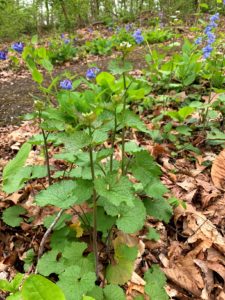
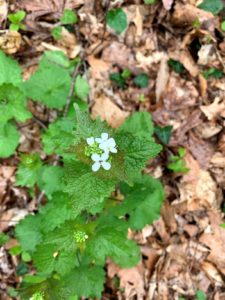
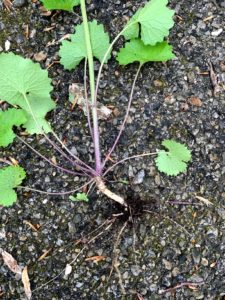
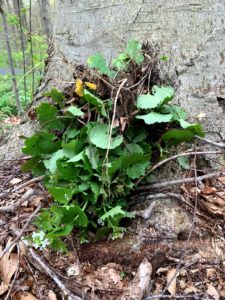
Silhouette Sleuthing: The Mystery of the Weston Profile Artist
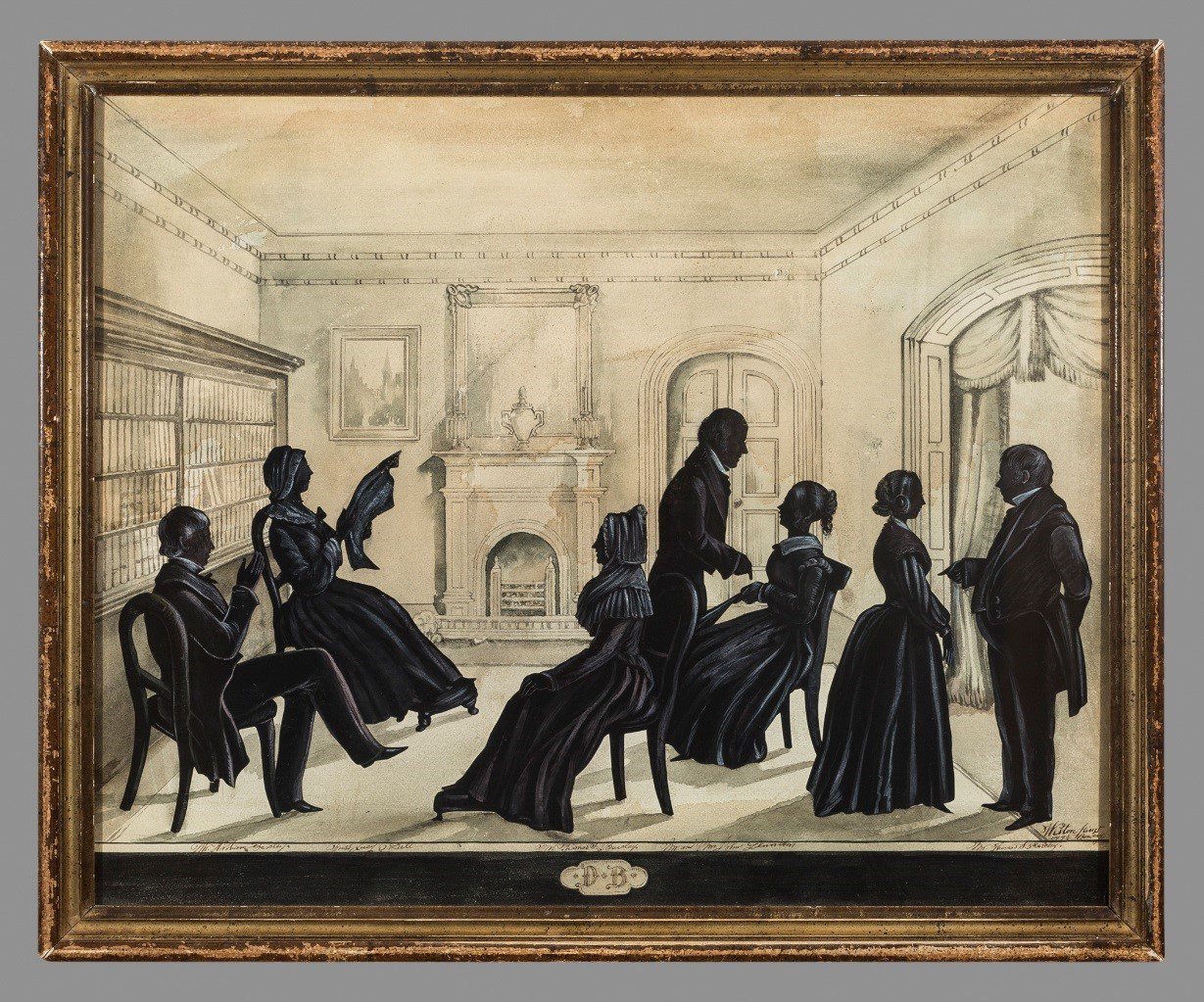
What started as simple research into a silhouette in the Winterthur collection progressed to a three-month trek through directories, census records, newspaper advertisements, maps, artist encyclopedias, archives, and auction catalogs. The silhouette in question, a group portrait against an interior in watercolor, has proved to be fascinating, and research has discounted previous scholarship as a new story emerges.
Silhouettes were popular and cheap forms of portraiture throughout the 18th century and into the 19th century. During the period, they were referred to as “shades” or “profile miniatures,” though by the early 19th century they are just described as “profiles.” (1) There are various ways to produce these profiles, though the most talented artists could cut freehand, such as the most prolific 19th-century silhouettist Auguste Édouart.(2) Originally from France, Édouart traveled extensively through Great Britain and America creating some 100,000 silhouettes, keeping a copy or record of each one he produced. Winterthur has some examples of Édouart’s work.
Other silhouettists could sketch from life or use a mechanical device like a physiognotrace to capture the profile.
While many silhouettes feature one figure, this piece contains seven cut silhouettes painted black with white and tinted highlights to delineate details on the clothing and accessories. Underneath these figures the viewer can read the names of the Dennison and Barcley family and a “Miss Lucy Dale.” In the bottom right corner, the silhouette is signed “Weston pinxt./ 149 ½ Bowery.” On the reverse of the frame, an affixed label also gives the address 149 ½ Bowery. Winterthur’s records cited Mary Bartlett Pillsbury Weston as the artist, though a letter in the records from 1957 indicated that no Weston had been found in the New York City Directory at the Bowery location in the 1840s. From here, the questions grew.
Conducting genealogical research on Mary Pillsbury Weston, I discovered a captivating tale of a woman determined to be an artist. Born in Hebron, New Hampshire, in 1817, she was the daughter of Baptist minister Stephen Pillsbury and Lavinia Hobart. Texts from the 19th century recount Mary Weston’s romantic tale: a deep yearning as a child to paint and how she ran away two times in an attempt to become an artist, finally moving to Willington, Connecticut, in 1837, painting portraits of local families. While in Connecticut, she met New Yorker Valentine Weston, brother to Willington citizen Jonathan Weston. Valentine invited Mary to come to New York, where he would employ artists to continue to instruct her and help her become an artist. After three months of living in New York, Mary married Valentine in 1840.(3) Mary Weston lived in New York until after her husband’s death in 1863.
Regardless of any tentative ties to Édouart, texts from the 19th century only claim that Mary was a portrait and landscape artist. There is no evidence that she ever made silhouettes and that is supported by archival research. The Kenneth Spencer Research Library at the University of Kansas holds the Pillsbury Family Papers, which contain Mary Weston’s outgoing letters from 1840 to 1867. While Mary wrote about painting and selling her work, she never mentions a silhouette business.
For most researchers, labels on objects are considered a gift. Other times, they only make the piece more confusing, as in the case of the Weston profile. Valentine Weston, 32 years Mary’s senior, appears in the New York City Directory as a blind maker, frame maker, and looking glass maker as early as 1822 and into the 1840s. His son from a previous marriage, John L. Weston, also owned a frame-making business in that same period continuing into the 1850s. Frame makers frequently sold prints and drawing in their store, thus it would not have been a leap to assume that Mary had a deal with her husband and son-in-law to create framed silhouettes for clients. However, at no point are these two men ever listed at 149 ½ Bowery, and their businesses stayed within the lower west side.
At this point, it seems unlikely that Mary Bartlett Pillsbury Weston ever made and sold silhouettes. Who was the Weston who created this silhouette? Who are the sitters? How do we know that this is even from the 1840s? These questions will continue to be pursued in part two, which will be posted on next week!
You can see this silhouette and others from the Winterthur Library and museum collection in the special loan exhibition In Fine Form: The Striking Silhouette at the Delaware Antiques Show, November 9–11, 2018.
Post by Amanda Hinckle, Robert and Elizabeth Owens Curatorial Fellow, Museum Collections Department, Winterthur Museum, Garden & Library
Winterthur is very grateful for funding from the National Endowment for the Arts, which has given us the ability to photograph and digitize works on paper in the collection, including these silhouettes.
(1) Emma Rutherford, Silhouette: The Art of the Shadow (New York: Rizzoli, 2009), 21.
(2) Rutherford, Silhouette, 29.
(3) E.F. Ellet, Women Artists in All Ages and Countries (New York: Harper & Brothers, 1859); H. W. French, Art and Artists in Connecticut (Boston: Lee and Shepard, Publishers; New York: Charles T. Dillingham, 1879); and Augusta Harvey Worthen, The History of Sutton, New Hampshire: Consisting of the Historical Collections of Erastus Wadleigh, Esq., and A. H. Worthen (Concord, NH: The Republican Press Association, 1890).
